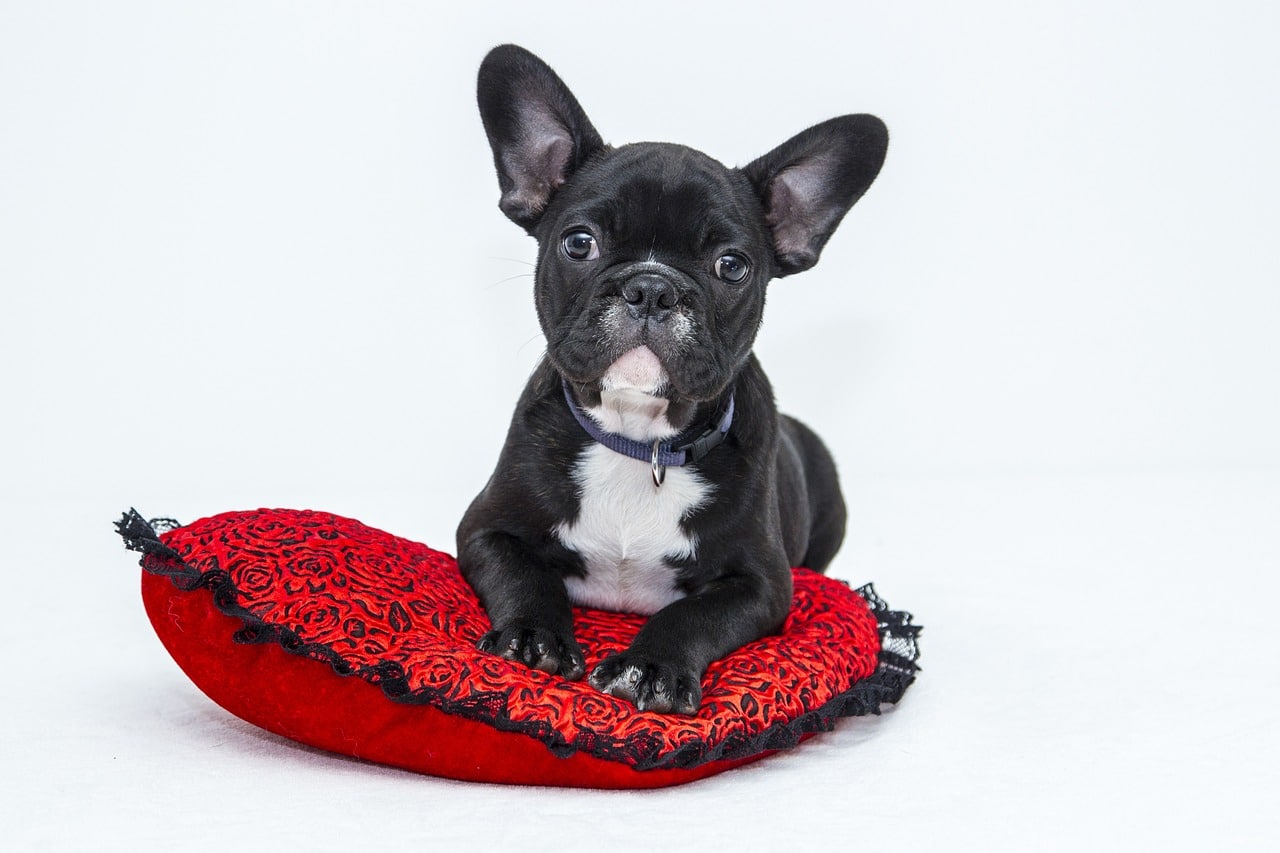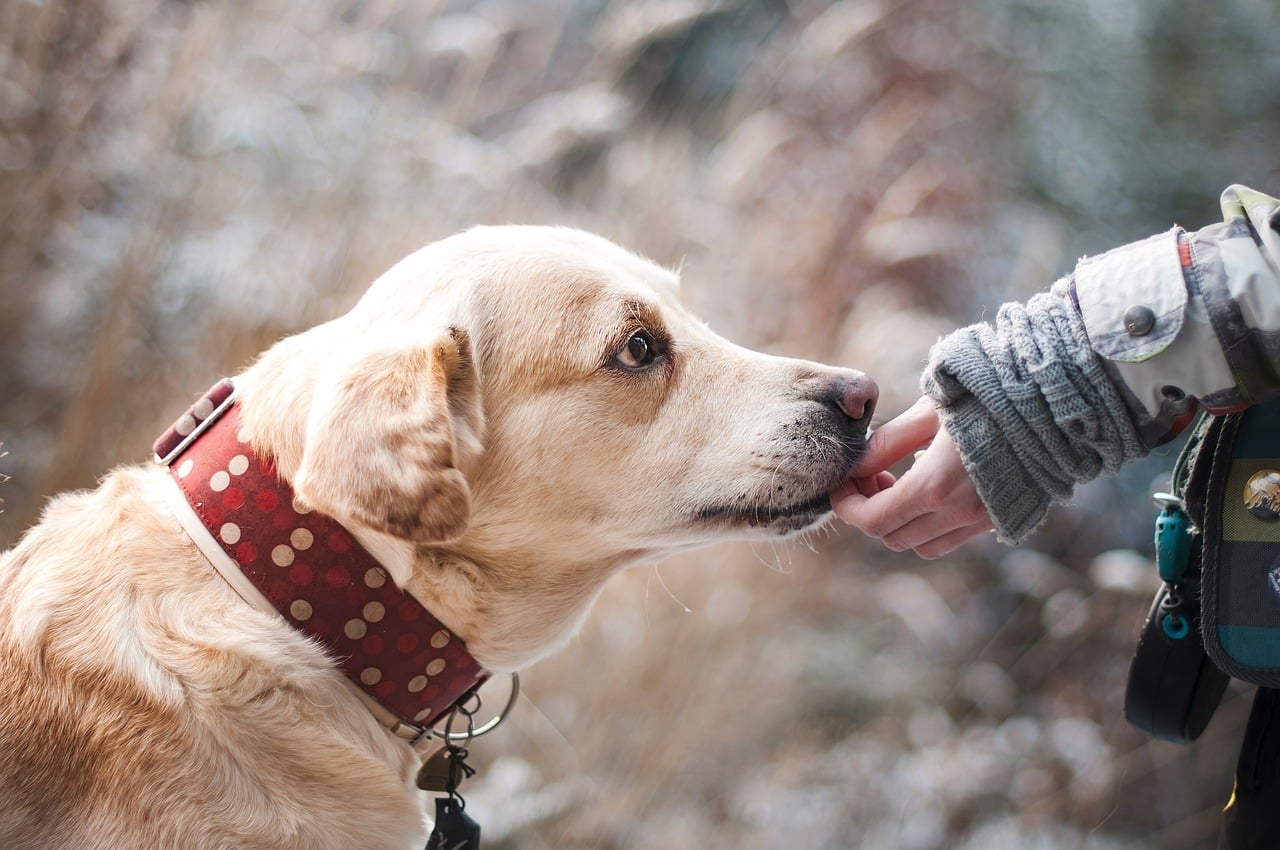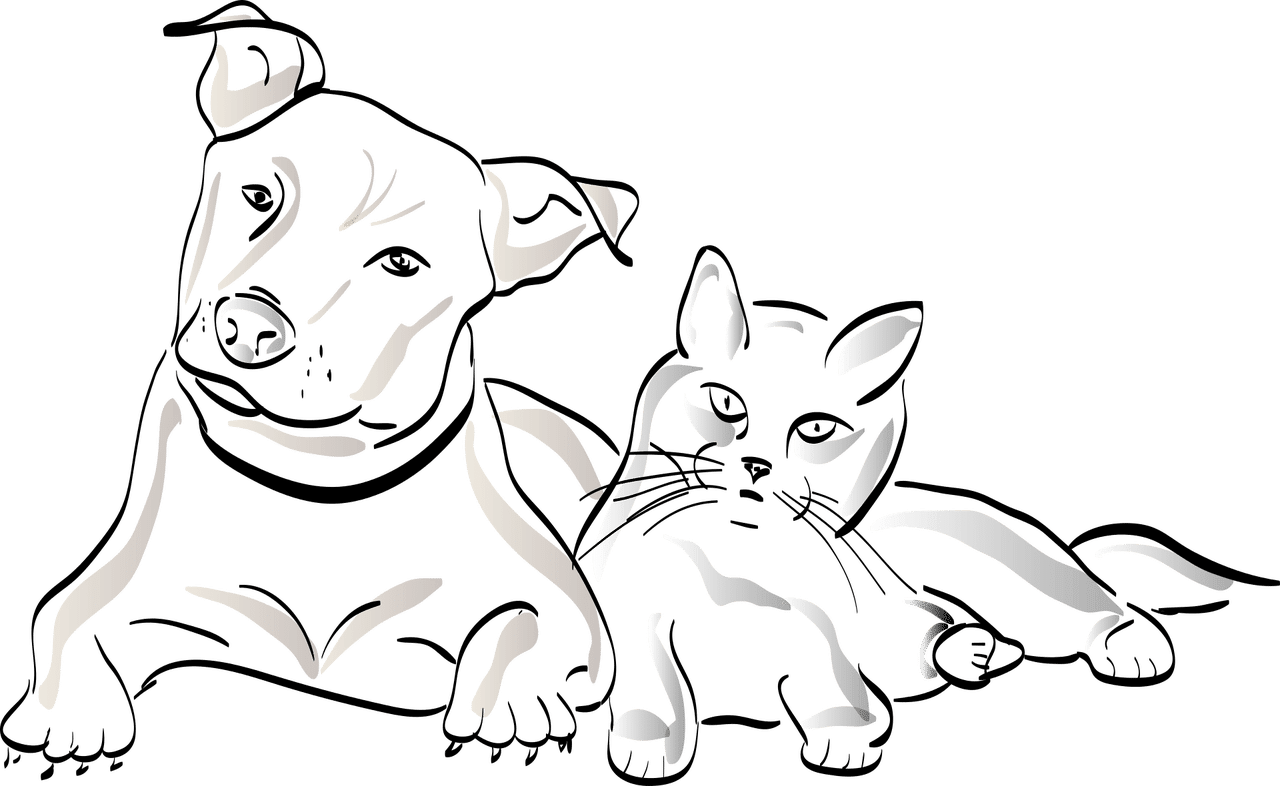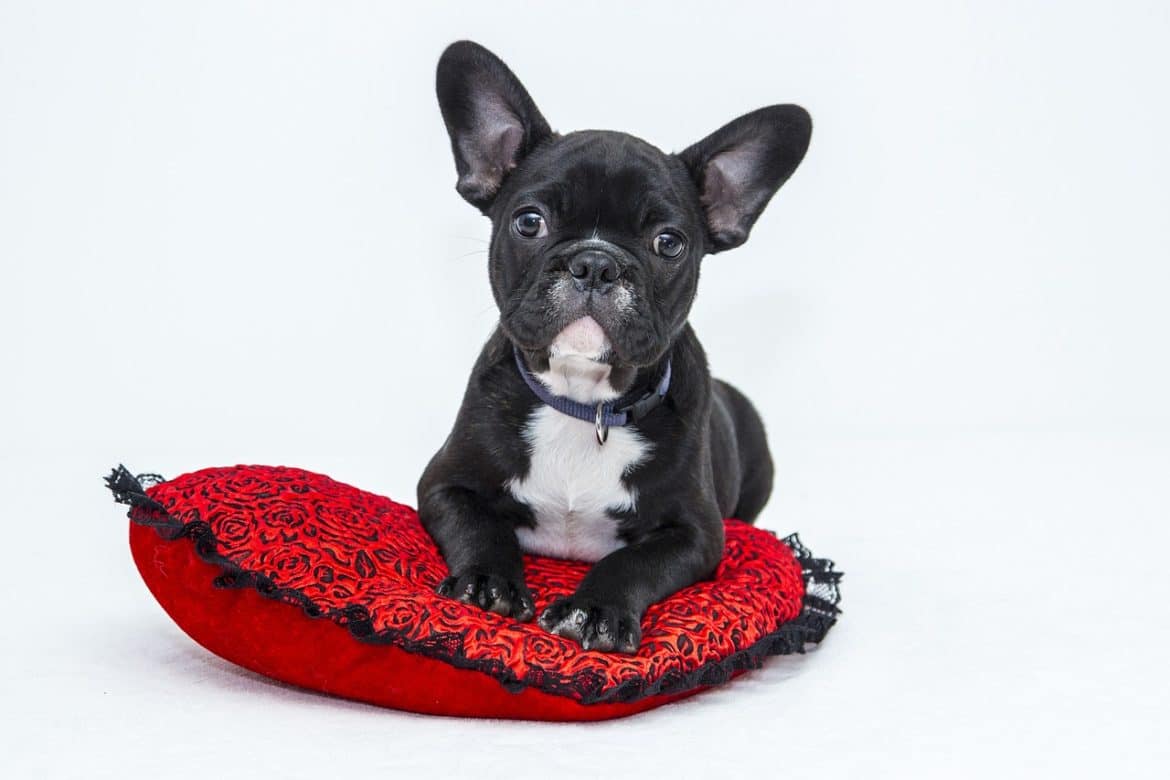As a responsible pet owner, it's natural to worry when you notice your adorable, fluffy bundle of joy shaking after a bath. But before you jump to any conclusions and assume something is terribly wrong, let's take a closer look at why your precious puppy might be shaking post-bath. From the excitement of bath time to their natural instinct to dry off, there are a few reasons that could explain this behavior. So, fret not, dear reader, as we explore the possible causes behind why your puppy shakes after a bath.
Introduction
Overview of the topic
Taking a bath can be a stressful experience for puppies, and it is not uncommon for them to shake afterwards. This article aims to explore the reasons behind this behavior and provide tips on how to address it. Understanding why your puppy shakes after a bath can help you create a more comfortable and positive bathing experience for them.
Understanding the Shaking Behavior
Possible reasons for shaking after a bath
When your puppy shakes after a bath, it could be due to physical discomfort or cold temperature, fear or anxiety, or simply a natural reaction to drying off. Let's delve into each of these reasons to gain a better understanding.
Physical discomfort or cold temperature
Puppies have a lower tolerance for cold temperatures compared to adult dogs. When they are wet, the sensation can be even more uncomfortable. Shivering may occur as a way to warm up their bodies. Additionally, wet fur can cause discomfort, leading to shaking.
Fear or anxiety
Some puppies may develop a fear of water due to previous negative experiences or a lack of socialization. The unfamiliar surroundings and the sensation of being wet can trigger anxiety in them. This fear or anxiety may manifest as shaking after a bath.
Natural reaction to drying off
Shaking after a bath is a natural behavior for many animals, including puppies. It is their way of removing excess water from their fur. This instinctual behavior helps them dry off more quickly and reduce the risk of developing skin issues.

This image is property of pixabay.com.
Physical Discomfort or Cold Temperature
Puppy's reaction to water temperature
Puppies are more sensitive to water temperature than adult dogs. If the water feels too cold or too hot, it can cause discomfort and lead to shaking. It is important to ensure that the water temperature is lukewarm and suitable for your puppy's sensitive skin.
Sensitivity to air temperature
After a bath, the cold air in the room can further exacerbate your puppy's discomfort. Their wet fur can make them feel chilled, leading to shaking. Providing a warm environment for your puppy after a bath can help alleviate this discomfort.
Wet fur causing discomfort
Wet fur can be uncomfortable for puppies, especially if it remains damp for an extended period. This discomfort may lead to shaking as a way to alleviate the sensation. It is essential to thoroughly dry your puppy's fur after a bath to prevent any lingering discomfort.
Fear or Anxiety
Puppy's fear of water
Some puppies develop a fear of water, which can lead to shaking after a bath. This fear may stem from a previous traumatic experience or a lack of socialization during their early development stages. Understanding your puppy's fear and gradually introducing them to water can help alleviate their anxiety.
Anxiety due to unfamiliar surroundings
Bathing can be stressful for puppies if they are not familiar with their surroundings. Being in a new environment, such as a bathtub or shower, can trigger anxiety, leading to shaking. It is crucial to create a calm and secure environment for your puppy during bath time to minimize their anxiety.
Previous negative experiences
If your puppy has had a negative experience with water in the past, such as slipping or being frightened by the sound of running water, it can contribute to their shaking after a bath. Positive reinforcement and gentle handling can help them overcome these negative associations.
Lack of socialization
Puppies that have not been properly socialized may feel anxious or fearful in unfamiliar situations, such as taking a bath. By gradually exposing them to water and providing positive experiences, you can help build their confidence and reduce their shaking behavior.

This image is property of pixabay.com.
Natural Reaction to Drying Off
Shaking as a mechanism to remove excess water
Shaking after a bath is a natural instinct for puppies. It is their way of removing excess water from their fur to expedite the drying process. By shaking vigorously, they help dislodge the water droplets and prevent them from saturating their fur.
Similar behavior in other animals
Shaking after getting wet is not exclusive to puppies. Many other animals, such as dogs, cats, and even wild animals, exhibit shaking behavior to dry themselves. It is a common and natural reaction that aids in the drying process for animals with fur or feathers.
Instinctual behavior of puppies
Puppies instinctively shake off water after getting wet. This behavior is imprinted in their genes and passed down through generations. It is a survival mechanism that helps them stay warm and prevents their fur from becoming overly damp, which can lead to skin issues or hypothermia.
How to Help Your Puppy
Provide a warm and comfortable environment
After a bath, ensure that the room is warm to prevent your puppy from feeling cold. Use a heat source, such as a space heater or warm towels, to create a cozy area where they can dry off and warm up comfortably. This will help reduce their shaking and promote relaxation.
Use a towel or hairdryer to dry your puppy
Thoroughly drying your puppy's fur after a bath is essential to prevent any discomfort or lingering moisture. Use a soft towel to gently pat their fur and absorb excess water. If your puppy tolerates it, you can also use a low-heat setting on a hairdryer to help speed up the drying process.
Gradual exposure to water and baths
If your puppy shakes heavily or exhibits signs of fear or anxiety during bath time, it is advisable to gradually introduce them to water. Start with minimal amounts of water on their paws or use a damp cloth to wipe their bodies. Gradually increase the amount of water and duration of baths as they become more comfortable.
Positive reinforcement and rewards
To help your puppy associate bath time with positive experiences, use positive reinforcement techniques. Reward them with treats, praise, and gentle petting during and after the bath. This will help create a positive association in their minds and reduce their shaking behavior.

This image is property of pixabay.com.
When to Seek Veterinary Advice
Excessive or prolonged shaking
While shaking after a bath is normal for puppies, excessive or prolonged shaking may indicate an underlying issue. If your puppy's shaking continues for an extended period or intensifies despite your efforts to create a comfortable environment, it is advisable to seek veterinary advice.
Accompanied by other signs of distress
If your puppy's shaking is accompanied by other signs of distress, such as whimpering, panting, or avoidance behavior, it could be indicative of a more significant problem. These signs may suggest pain, injury, or a medical condition that requires veterinary attention.
Changes in behavior or appetite
If your puppy's shaking behavior is accompanied by changes in their behavior or appetite, it may be cause for concern. Rapid weight loss, loss of interest in activities, or increased aggression could be signs of an underlying health issue. Consulting a veterinarian can help identify and address any potential problems.
Persistent fear or anxiety
If your puppy's fear or anxiety surrounding bath time persists despite your efforts to alleviate it, it may be beneficial to consult a professional dog trainer or behaviorist. They can assess the specific needs of your puppy and provide guidance on how to effectively manage and reduce their fear or anxiety.
Conclusion
Understanding and addressing your puppy's shaking behavior
Shaking after a bath is a common behavior in puppies, and it can have various causes, including physical discomfort, fear or anxiety, and natural instinct. By understanding the reasons behind your puppy's shaking, you can take steps to create a more comfortable and positive bathing experience for them. Providing a warm environment, drying them thoroughly, gradual exposure to water, and using positive reinforcement techniques are all effective ways to help your puppy overcome their shaking behavior.
Additional Tips and Considerations
Gentle handling during bath time
When bathing your puppy, always handle them gently and avoid any excessive force or restraint. This will help them feel more comfortable and reduce their anxiety during the bathing process.
Using appropriate products for your puppy's skin
Choose gentle and puppy-specific shampoos and conditioners that are suitable for your puppy's delicate skin. Harsh or irritating products can cause discomfort and exacerbate their shaking behavior.
Regular grooming and desensitization
Regular grooming sessions can help desensitize your puppy to being touched and handled. Combining grooming activities, such as brushing or nail trimming, with positive reinforcement can help create a positive association and reduce their fear or anxiety during bath time.
References
Credible sources for more information on puppy behavior and care
- American Kennel Club: www.akc.org
- The Humane Society of the United States: www.humanesociety.org
- PetMD: www.petmd.com


